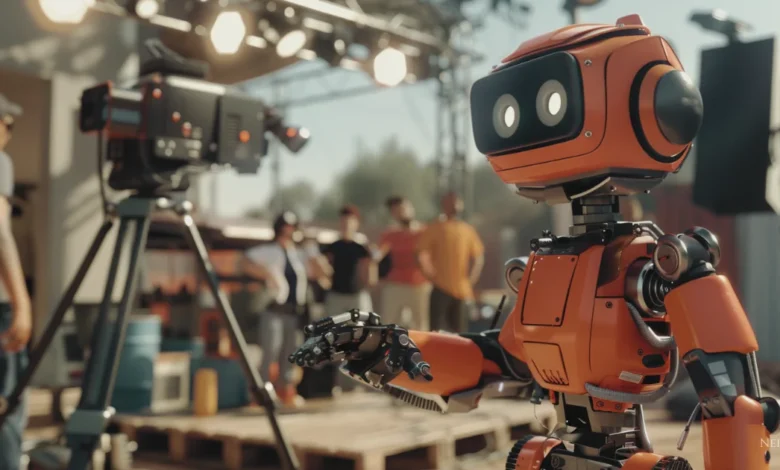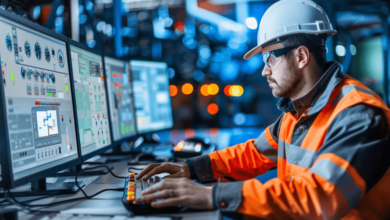How AI Video Tools Are Changing the Film Industry

AI video tools are reshaping the film industry in profound ways. They streamline scriptwriting and storyboarding, enabling more efficient workflows. In editing and post-production, these tools enhance precision and creativity. Moreover, they transform visual effects and animation, raising the bar for cinematic quality. As filmmakers harness these advancements, they also gain insights into audience preferences. This evolving landscape prompts a critical examination of artistry and technology’s intersection, raising questions about the future of storytelling itself.
Revolutionizing Scriptwriting and Storyboarding
As filmmakers increasingly embrace technological advancements, AI video tools are transforming the landscape of scriptwriting and storyboarding.
These innovations foster AI collaboration, allowing creators to explore narrative generation in unprecedented ways. By harnessing algorithms to analyze themes, character arcs, and dialogue, filmmakers can efficiently brainstorm ideas, refine scripts, and visualize stories.
Ultimately, this process liberates their creative process and enhances the art of storytelling.
See also: Choosing the Right Fencing Style to Suit Your Home’s Aesthetic
Enhancing Editing and Post-Production Efficiency
The integration of AI tools is not limited to scriptwriting and storyboarding; it extends to editing and post-production, where efficiency gains can significantly impact the filmmaking process.
Automated color correction streamlines the visual consistency, while intelligent editing suggestions enhance narrative pacing.
These advancements reduce the workload on editors, allowing them to focus on creative decisions, ultimately liberating their artistic expression.
Transforming Visual Effects and Animation
Revolutionizing visual effects and animation, AI technologies are reshaping the creative landscape of the film industry.
By enabling real time rendering, filmmakers can instantly visualize complex scenes, enhancing creative decision-making.
Additionally, automated animation streamlines labor-intensive processes, allowing artists to focus on storytelling and innovation.
This dynamic shift fosters unparalleled artistic freedom, empowering creators to explore new dimensions of visual storytelling.
Analyzing Audience Engagement and Marketing Strategies
AI technologies not only enhance visual storytelling but also transform how filmmakers understand and engage with their audiences.
By leveraging audience analytics, filmmakers can dissect viewer preferences and behaviors, enabling tailored content that resonates deeply.
Coupled with marketing automation, these tools streamline promotional efforts, ensuring films reach the right demographics.
This synergy empowers creators to cultivate authentic connections, fostering a more liberated cinematic experience.
Conclusion
In conclusion, AI video tools are reshaping the film industry by streamlining processes and fostering creativity. With a staggering 85% of filmmakers now utilizing AI in some capacity, the technology is not merely an auxiliary aid but a transformative force. This integration not only enhances artistic expression but also ensures that content aligns with audience preferences, ultimately elevating the cinematic experience. As these tools continue to evolve, they promise to unlock even greater potential for innovation in storytelling.





